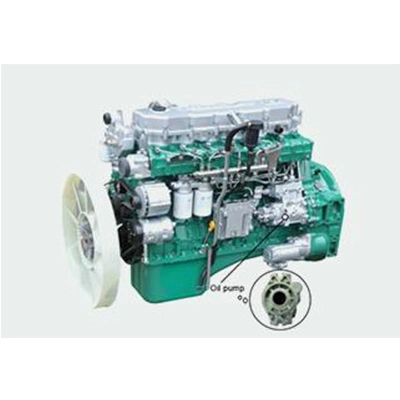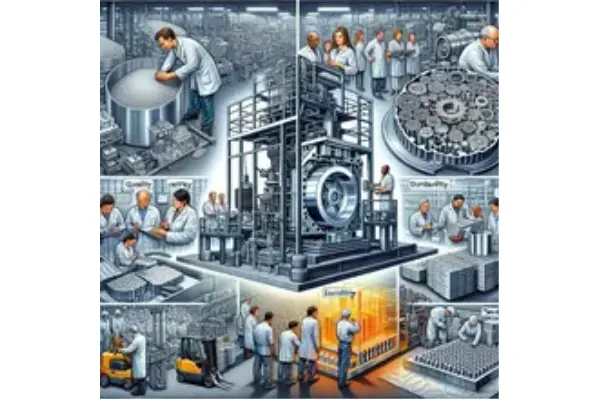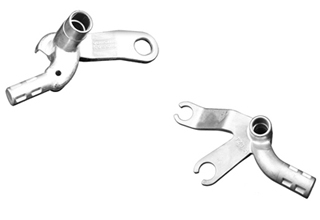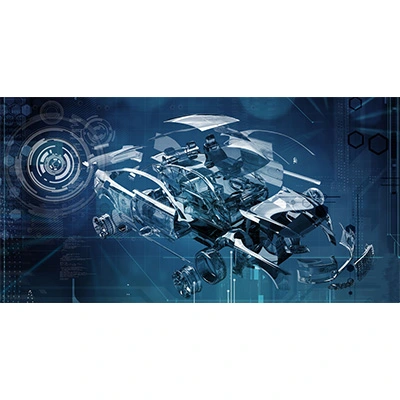

If you're considering using aluminum die-casting components for new parts, there are several advantages to doing so. Aluminum die castings are lightweight, corrosion-resistant, and have high thermal and electrical conductivity, making them very durable. Even when parts have thin walls or complex shapes, aluminum die-casting components maintain their strength and dimensional stability at high temperatures. Aluminum die castings also have excellent mechanical properties, making them a popular alternative to steel. This is especially true for the automotive industry, which is constantly looking for lightweight, durable materials.
Die casting is a casting production process that injects a metal (such as aluminum) into a metal mold at high pressure and finds its permanent shape through this process. There are many advantages to aluminum die casting, some of which are a result of material properties. Aluminum's advantages of being lightweight, corrosion-resistant, thermally and electrically conductive, machinable, and recyclable are added to the die casting process, ensuring further quality. Some of the advantages of aluminum die-casting components relate to the final product, while others relate to the production process.
Advantages of aluminum die-casting components:
Aluminum die casting provides many advantages to the final product such as: aluminum die-casting components have excellent surface smoothness; dimensional tolerances benefit from a solid molecular structure, with no microcracks; good tensile strength and high modulus of elasticity; reduced porosity and impurities; thickness accuracy, even in thin sections, in some cases less than 1.5 millimeters; pressure and air tightness; low raw material cost; longevity; a wide selection of alloys with different mechanical characteristics; possibility of adding metal inserts; possibility of producing complex shaped products; and widespread use in various fields.
Advantages of aluminum die-casting components in production cycle:
Die casting is also advantageous because it ensures: producing large quantities of items in batches with a single mold; reducing cycle time for melting processes; cost effectiveness of equipment compared to potential output; and reduction in chemical reactions that result in metalization.
Thanks to today's highly advanced production processes, all of the benefits of aluminum die-casting components have become possible. It must be remembered that this is a technology that was first developed in the United States in the second half of the nineteenth century, so it has a long history behind it. To date, die casting is the most economical and effective technology for producing aluminum alloy objects: it can save over 50% of raw material costs compared to bar processing.


